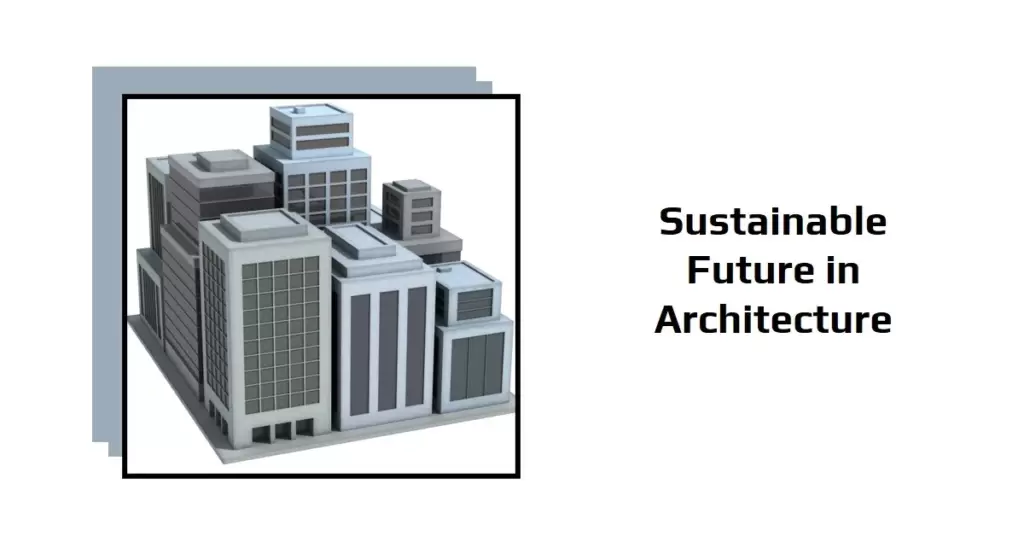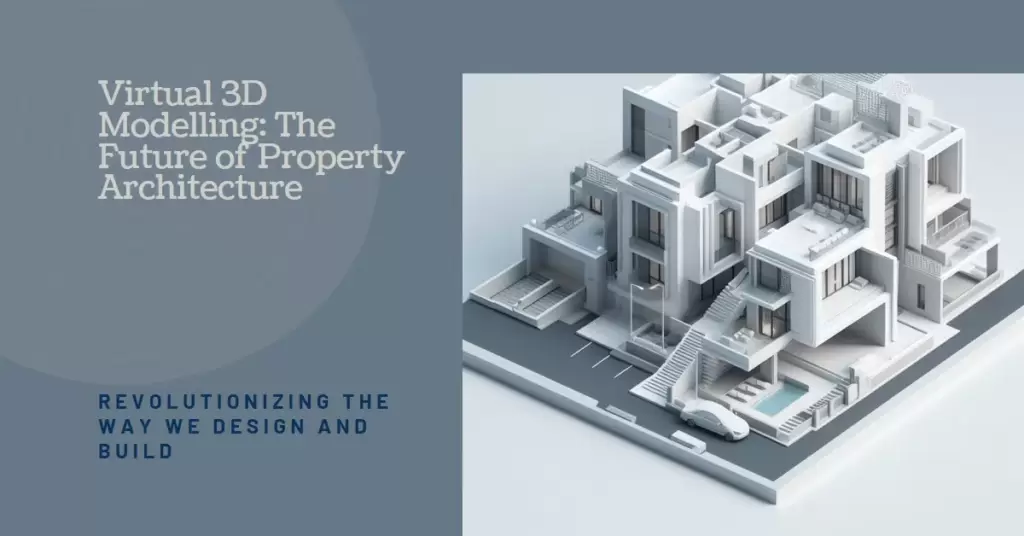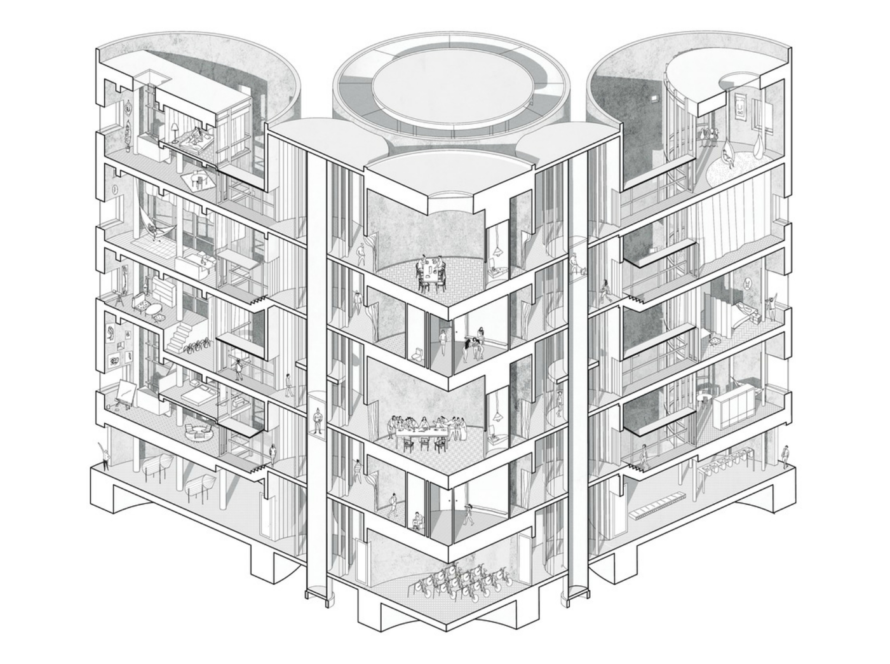
Table of Contents
In the pursuit of a sustainable future in architecture, the marriage of 3D printing and 3D visualization emerges as a transformative force. This blog post delves into the current state of these technologies, their impact on architectural practices, and the pivotal question – are we truly ready for a sustainable architectural future?
Section 1: Unveiling the Power Duo
Title: A Power Duo: Unveiling the Synergy Between 3D Printing and 3D Visualization
Before exploring the sustainability aspect, it’s essential to understand the synergistic relationship between 3D printing and 3D visualization. This section provides insights into how 3D printing, with its ability to materialize digital designs into physical reality, pairs seamlessly with 3D visualization, which enables architects to conceptualize and refine designs in a virtual space. The synergy between these two technologies empowers architects to bridge the gap between the digital and physical realms, fostering a more intuitive and efficient design process.
As architects increasingly adopt these technologies, the power duo of 3D printing and 3D visualization becomes a cornerstone in achieving sustainability goals. The ability to iterate and optimize designs in a virtual space before physical realization minimizes material waste, a crucial factor in sustainable architectural practices.
Section 2: The Rise of 3D Printing in Architecture
Title: Shaping Structures: The Ascendance of 3D Printing in Architectural Innovation
This section charts the ascendancy of 3D printing in architecture, exploring how it has evolved from a novel concept to a mainstream tool for crafting structures. The utilization of 3D printing in creating intricate and sustainable building components, such as walls and facades, is reshaping the architectural landscape. The precision and flexibility offered by 3D printing technologies allow architects to design structures with unprecedented complexity, optimizing material usage and construction processes.
Architectural firms worldwide are embracing 3D printing for prototyping and producing scale models, streamlining the design validation process. This not only contributes to time efficiency but also aligns with sustainable practices by reducing the need for physical prototypes, minimizing resource consumption, and supporting eco-friendly design development.
Section 3: Sustainable Material Innovations
Title: Green Foundations: Exploring Sustainable Material Innovations in 3D Printing
As sustainability takes center stage, this section delves into the sustainable material innovations that characterize the realm of 3D printing. From bio-based filaments to recycled plastics, architects now have access to a spectrum of eco-friendly materials for their 3D printing endeavors. These sustainable choices align with the broader environmental consciousness within the architecture industry, fostering a shift towards responsible material usage in construction and design.
Moreover, 3D printing allows for more efficient material utilization during the construction phase, reducing construction waste and contributing to a circular economy. The exploration and integration of sustainable materials in 3D printing not only address environmental concerns but also set the stage for a more responsible and future-ready architectural landscape.
Section 4: Transforming Construction Processes
Title: A Revolution in Progress: How 3D Printing Transforms Construction Processes
This section explores the transformative impact of 3D printing on construction processes, emphasizing its potential to revolutionize the way buildings are constructed. 3D printing enables architects to construct complex geometries with greater precision and speed, presenting a promising solution to the challenges of traditional construction methods. By layering materials in a controlled manner, 3D printers can create structures with optimized strength and durability, reducing the need for excessive material usage.
The streamlined construction processes made possible by 3D printing contribute to sustainable practices by minimizing on-site waste and energy consumption. The ability to construct entire buildings using 3D printing techniques hints at a future where construction is not only faster and more efficient but also inherently aligned with environmentally conscious principles.
Section 5: Visualizing Sustainability: The Role of 3D Visualization
Title: Beyond Aesthetics: How 3D Visualization Envisions Sustainable Architecture
While 3D printing transforms the physical aspect of construction, 3D visualization plays a crucial role in envisioning and promoting sustainable architecture. This section explores how architects leverage 3D visualization to create immersive representations of sustainable design concepts. By visualizing environmental considerations such as energy efficiency, natural lighting, and green spaces, architects can communicate and refine sustainability features throughout the design process.
The interactive nature of 3D visualization allows stakeholders to explore and understand sustainable design elements in a virtual environment before construction commences. This not only enhances collaboration but also ensures that sustainability is ingrained in the architectural vision from the conceptual stage itself.
Section 6: Optimizing Energy Efficiency
Title: The Green Blueprint: Optimizing Energy Efficiency Through 3D Printing and Visualization
As architects increasingly focus on optimizing energy efficiency, this section examines how 3D printing and visualization contribute to this vital aspect of sustainable architecture. The precision afforded by 3D printing in creating energy-efficient building components, coupled with the ability of 3D visualization to simulate and analyze energy performance, creates a powerful synergy. Architects can iterate and fine-tune designs to maximize natural lighting, ventilation, and thermal efficiency, thereby reducing the overall energy footprint of a structure.
The integration of energy-efficient features into the virtual design allows architects to make informed decisions that prioritize sustainability. This section underscores how the combination of 3D printing and visualization becomes a potent tool in crafting structures that are not only visually appealing but also environmentally responsible.
Section 7: Reshaping Urban Landscapes
Title: Urban Evolution: How 3D Printing and Visualization Reshape Sustainable Cityscapes
The impact of 3D printing and visualization extends beyond individual buildings, influencing the very fabric of urban landscapes. This section explores how these technologies contribute to the creation of sustainable and smart cities. From custom 3D-printed components in city infrastructure to the visualization of urban planning strategies, architects can play a pivotal role in shaping urban environments that prioritize sustainability, efficiency, and livability.
The ability to visualize and simulate the impact of architectural interventions on the urban scale allows for more informed decision-making. As cities globally grapple with the challenges of population growth and resource constraints, 3D printing and visualization emerge as key players in the quest for sustainable urban development.
Section 8: Overcoming Challenges
Title: Navigating the Path Ahead: Overcoming Challenges in Sustainable 3D Printing and Visualization
While the potential for a sustainable future through 3D printing and visualization is immense, this section acknowledges and addresses the challenges that architects may encounter on this path. From the need for standardization in 3D printing materials to the complexities of accurately simulating real-world conditions in visualizations, architects must navigate obstacles to fully unlock the potential of these technologies.
By acknowledging these challenges, the architectural community can collaboratively work towards solutions, fostering innovation and ensuring that sustainable practices become more accessible and achievable through 3D printing and visualization technologies.


Section 9: Looking Ahead: A Call to Action
Title: A Call to Architects: Shaping a Sustainable Future Through 3D Printing and Visualization
As the blog post concludes, this section serves as a call to action for architects to embrace the potential of 3D printing and visualization in shaping a sustainable future. The integration of these technologies offers architects a unique opportunity to not only create visually stunning designs but also contribute significantly to global sustainability goals. By adopting and advancing these tools, architects can play a vital role in redefining the future of architecture, one that prioritizes environmental responsibility, efficiency, and innovation.


